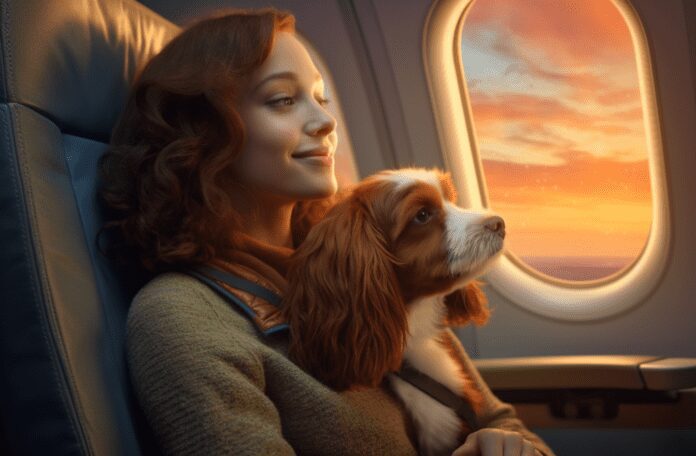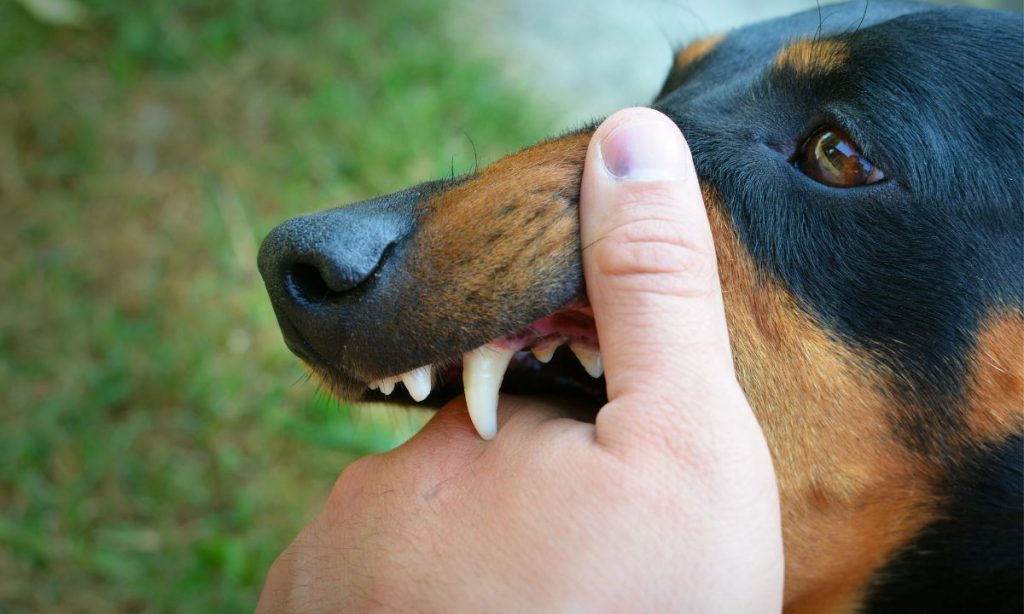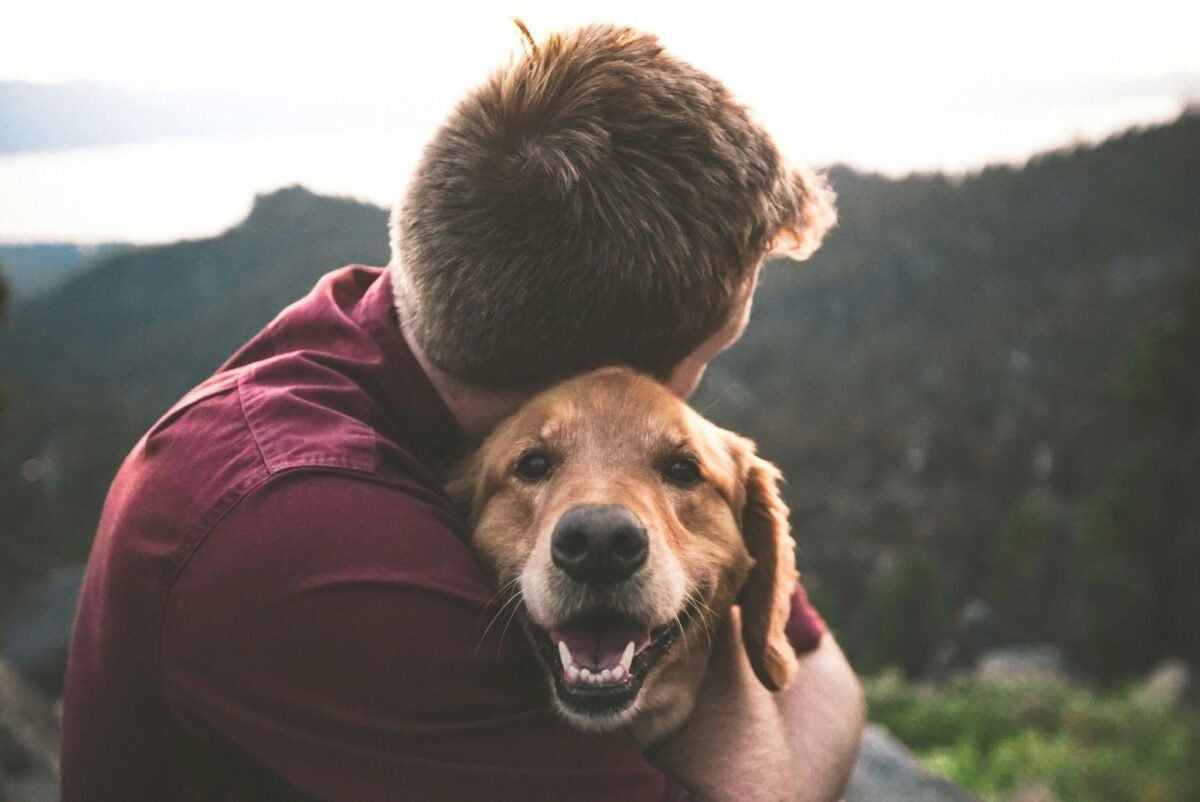Last Updated on June 21, 2023 by Dogs Vets
How to Fly with a Dog: Ensuring Safety and Comfort for Your Furry Friend
Flying with a dog involves several steps to ensure the safety and comfort of your furry friend.
Here are 10 basic guide to help you:
- Consult Your Vet: Before any travel, it’s critical to consult with your vet. They can provide valuable advice based on the breed, size, and health condition of your dog. They may also provide medication to keep your pet calm during the flight.
- Choose the Right Airline: Not all airlines are pet-friendly. Research and choose an airline that has clear pet policies and a good track record of caring for animals in-flight. Some airlines allow small dogs in the cabin, while others may require pets to be transported in the cargo hold.
- Understand the Airline’s Pet Policy: Once you’ve chosen an airline, make sure you understand their pet policy. This includes the size and type of carrier they allow, where your pet will be during the flight (cabin or cargo), and any documentation they require.
- Prepare a Comfortable Carrier: Your dog’s carrier should be well-ventilated, secure, and comfortable. It should be large enough for your dog to turn around, stand, sit, and lie down in a natural position. Line the carrier with absorbent pads and include a familiar blanket or toy to comfort your dog.
- Pack Essentials: Pack a leash, collapsible food and water bowls, food, water, poop bags, and any necessary medications. Include a travel tag on your dog’s collar with your contact information.
- Feed Your Dog Appropriately: Don’t feed your dog right before the flight as it could cause motion sickness. Feed them a few hours before the flight and provide water until it’s time to fly.
- Exercise Your Dog Before the Flight: A tired dog is a calm dog. Make sure your dog gets plenty of exercise before heading to the airport.
- Check-In Early: Arrive at the airport early to ensure you have plenty of time to handle the check-in process.
- Use Calming Products if Necessary: There are a variety of pet-safe products that can help calm your dog if they’re nervous flyers. These include pheromone collars, anxiety wraps, and calming treats. Always consult your vet before using these products.
- Reassure Your Dog: Speak calmly and reassuringly to your dog, pet them, and let them know you’re there.
Remember, every dog is different. What works for one dog may not work for another. Pay attention to your dog’s needs and comfort levels throughout the process.
Is It Safe for Dogs to Fly in Cargo?
When it comes to flying with dogs, one of the most pressing questions pet owners have is whether it’s safe for their beloved pets to fly in the cargo hold.
The answer depends on various factors including the dog’s health, breed, and the specific airline’s regulations. Most airlines have revamped their pet travel rules recently, so it’s crucial to stay updated on the latest policies.
Can My Dog Sit on My Lap During a Flight?
Unfortunately, most airlines do not allow dogs to sit on their owners’ laps during flights, unless they are certified service animals. Typically, dogs must either travel in the cargo hold or remain in a carrier that fits under the seat in front of you.
How Stressful is Flying for Dogs?
Air travel can pose significant stress to dogs. Strange noises, sights, and smells can overwhelm them. Changes in diet and water intake upon arrival can also disrupt their digestive health.

Particularly for older dogs or those with health conditions, air travel may prove challenging. Therefore, flying should only be considered when absolutely necessary, and with adequate preparations to ensure their wellbeing.
Preparing Your Dog for Air Travel
How to Get a Dog on a Plane for Free
It’s essential to note that airlines typically charge a fee for traveling with pets. However, there is an exception for fully-trained service dogs, which are often allowed to ride in the cabin without a carrier at no extra cost.
Flying with a Large Dog in the Cabin
Getting a large dog in the cabin can be challenging as space is limited, and most airlines have size restrictions for in-cabin pets.
Nonetheless, if your dog is small enough to fit comfortably in a carrier that can be stowed under the seat in front of you, they may be allowed in the cabin.
Health Checklist for Flying with Dogs
Before embarking on a journey with your dog, it’s crucial to prepare a comprehensive health checklist.
This includes scheduling a vet appointment 7-10 days prior to departure to ensure your pet is healthy enough to travel and getting all necessary vaccinations. Don’t forget to pack any medications your dog may need during the trip.
Travel Requirement Checklist for Flying with Dogs
Besides health preparations, there are several travel requirements you need to fulfill:
- Check quarantine, vaccination, and health certificate requirements for your destination and airline.
- Get a well-ventilated, size-appropriate carrier that meets your airline’s requirements.
- Inform your airline prior to traveling that you’ll be bringing a dog.
FAQs
1. Is it safe for all dog breeds to fly?
No, certain breeds, particularly brachycephalic (or short-muzzled) breeds, may face respiratory challenges when flying due to increased temperature or humidity.
2. How can I manage my dog’s anxiety during air travel?
Most dogs do not require sedatives to travel. You can discuss with your vet about ways to manage your dog’s anxiety, such as using calming collars and anti-anxiety T-shirts.
3. Can I feed my dog before the flight?
It is recommended not to feed your dog for about six hours before travel, but you can give them bottled water.
4. What are the requirements for a dog’s carrier for air travel?
The carrier should be well-ventilated and size-appropriate, allowing your dog to stand, sit, and turn around comfortably. It should also meet your airline’s specifications for dimensions, especially if your dog is traveling in the cabin, as it will need to fit beneath the seat in front of you.
This guide aims to provide you with the information you need to ensure a safe and comfortable journey for your canine companion. Always check with your specific airline for the most accurate and up-to-date information on their pet travel policies. Happy flying!
Fact Check
We hope you enjoyed reading this article. What are your thoughts on the topic?
“At [Dogsvets.com], our goal is to bring you the most accurate and up-to-date information on all things pet-related.
If you have any additional insights or would like to advertise with us, don’t hesitate to get in touch.
If you notice any errors or discrepancies in our content, please let us know so we can correct them.
We welcome your feedback and encourage you to share this article with others.”

















